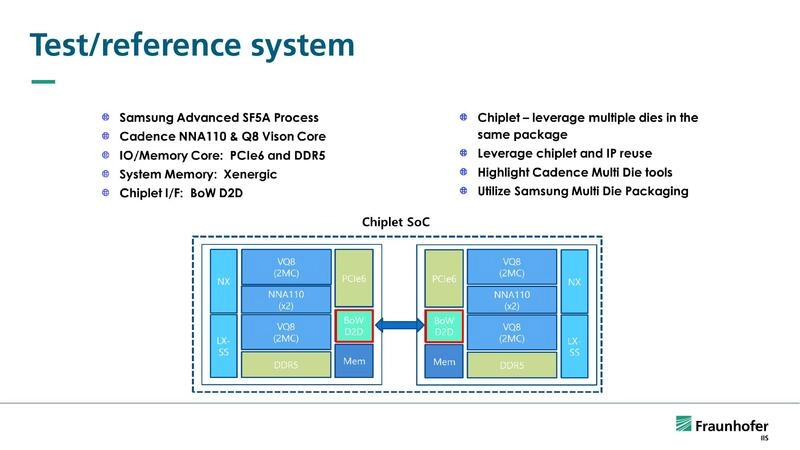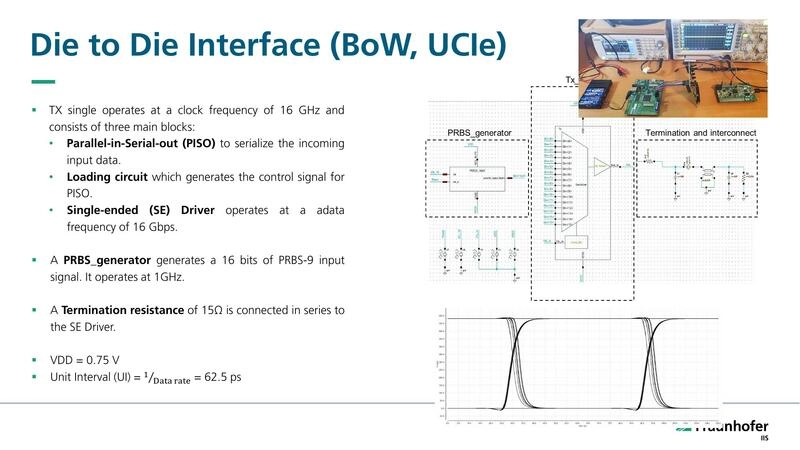Chiplets for future automotive application
By Andy Heinig, Head of Department Efficient Electronics
Fabian Hopsch, Advanced System Integration
Fraunhofer Institute for Integrated Circuits IIS Division Engineering of Adaptive Systems EAS
Autonomous vehicles and associated ADAS systems are driving vehicle electronics content to unprecedented levels. These systems require significant processing power via a centralized system. Chiplets are one solution to distribute functionality on different technologies and can help to secure the supply chain and reduce rising development costs in advanced IC nodes. This traditionally would require advanced technology nodes for both digital and memory devices in order to achieve performance/bandwidth but also for lower power consumption. Designing such ECU's using the traditional monolithic SoC approach is prohibitive for many reasons that will be explained. Chiplets will be a main driver for future systems to enable the maximum performance of a system with a wide variation of functionality and with a heterogeneous integration of different technologies, package types and interconnection. To create the most gain, besides the integration of functions into dedicated technologies, it is also necessary to have standardized interfaces, that allow a proper coupling of the functions, synchronization and performant low-power data submission. To have these standards and implementation as IP in dedicated technologies is a prerequisite, that these technologies are able to be used in chiplet approaches with suitable time-to-market. The availability of these IP is a key enabler for usage of technologies for chiplets.











